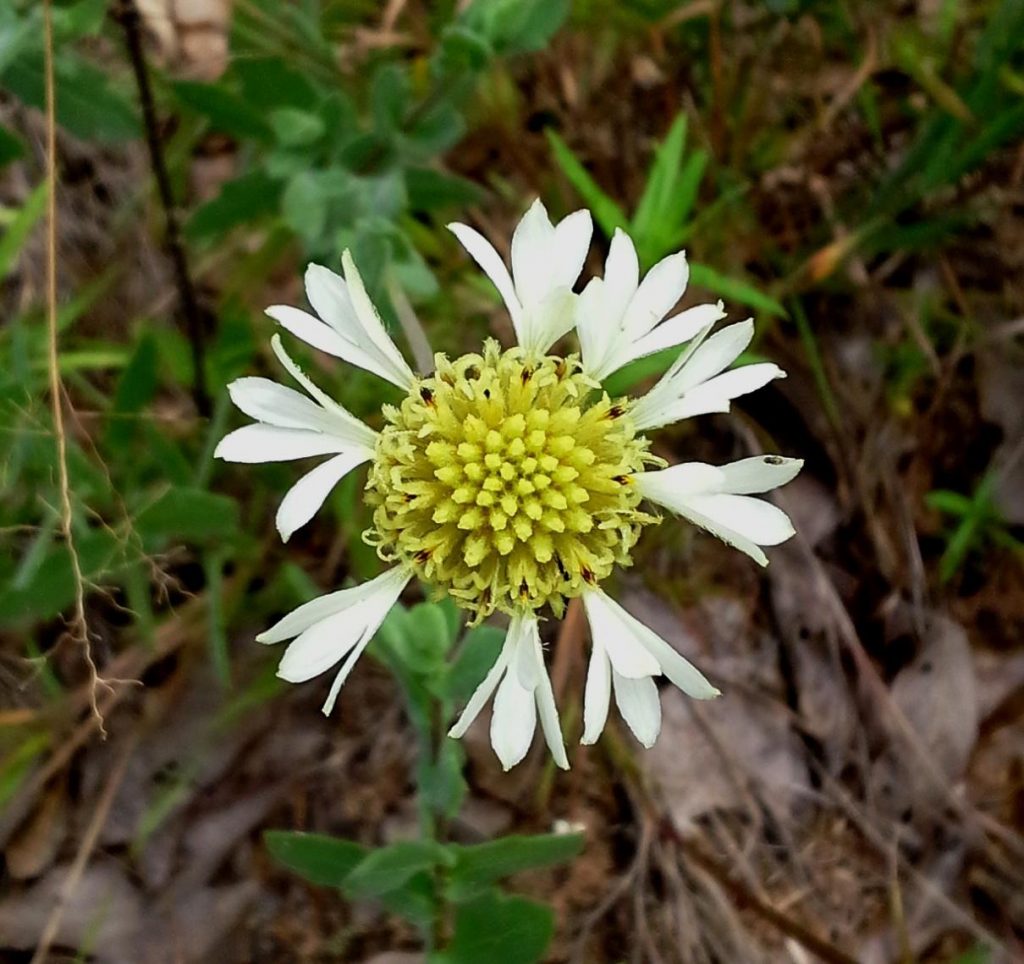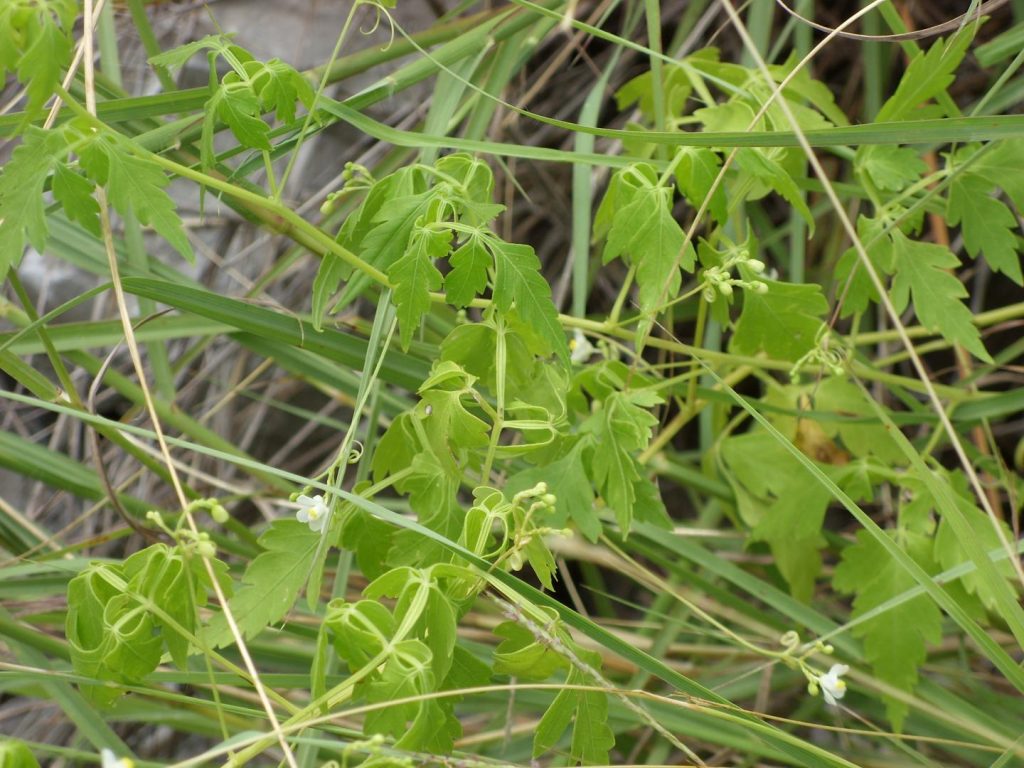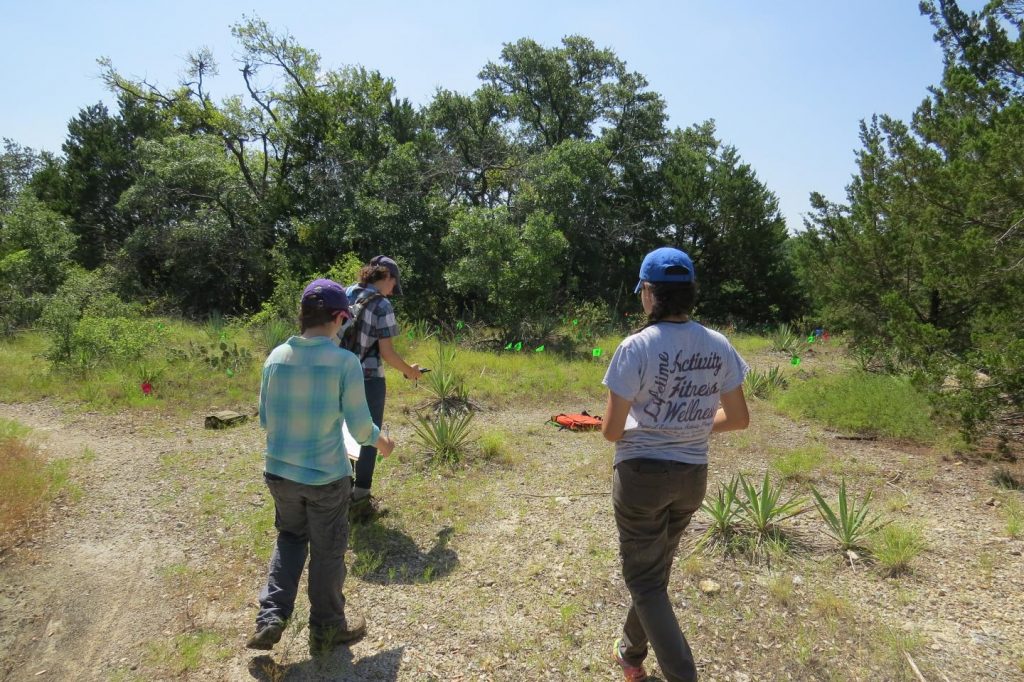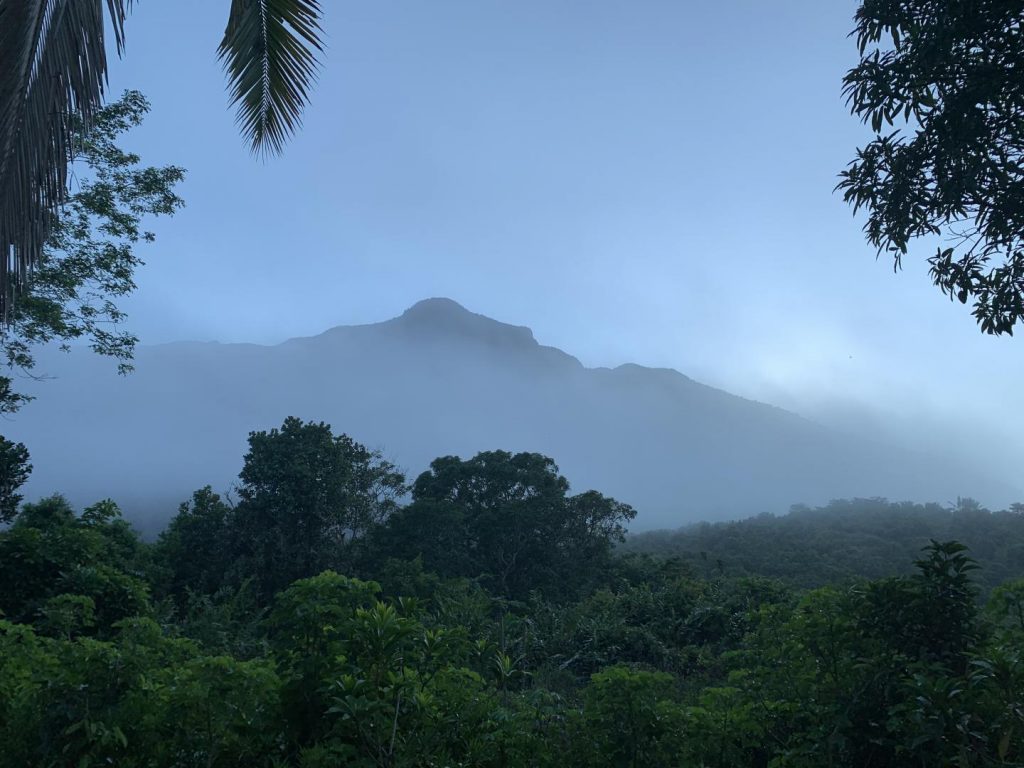
Ericales Program Overview
The plant order Ericales contains ca. 8000 species of flowering plants distributed in 22 families. The order contains a number of economically important edible plants, including tea (Camellia sinensis), kiwi (Actinidia), persimmon (Diospyros), Brazil nut (Bertholettia excelsa), star-apple (Chrysophyllum cainito), and blueberries and cranberries (Vaccinium), as well as popular ornamental plants such as azaleas and rhododendrons (Rhododendron), primroses (Primula), Impatiens, Erica, Phlox, and Camellia.









